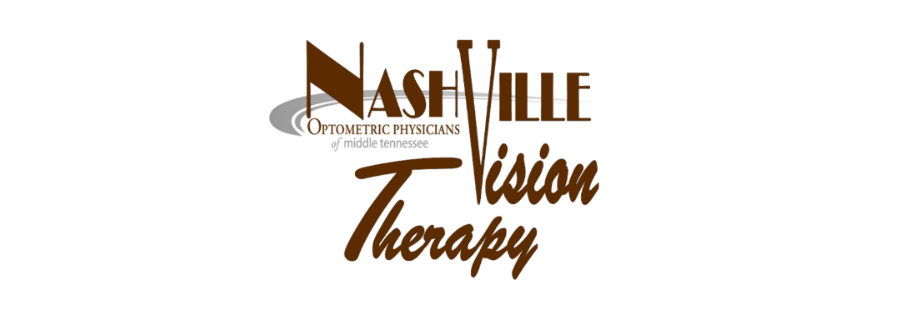 We have come to the end of our seven-part Perceptual Skill blog series. This post focuses (a little Vision Therapy humor) on Visual Closure, which is the ability to visualize a complete whole when given
incomplete information or a partial picture.
We have come to the end of our seven-part Perceptual Skill blog series. This post focuses (a little Vision Therapy humor) on Visual Closure, which is the ability to visualize a complete whole when given
incomplete information or a partial picture.
Why is this important? It is the foundation skill for fluency and speed in reading and writing. This skill helps children read and
comprehend quickly; their eyes don't have to individually process every
letter in every word for them to quickly recognize the word by sight. This
skill can also help children recognize inferences and predict outcomes that they experience through their daily lives.
Children with poor visual closure may have difficulty completing a thought.
They may also confuse similar objects or words, especially words with close
beginning or endings.
These activities aim to help a child organize and integrate
what they see to create a recognizable visual image:
1. Jigsaws
2. Dot to dot
3. Coloring in
4. Word searches
5. Writing or drawing in sand or foam
6. Incomplete sentences. Fill in the missing letters or words
7. Matching complete and incomplete shapes
8. Construction games
9. Scrabble
10. Stencils
11. Model making
12. Building 3D models. E.g. K'nex
13. Partially covering a picture and asking the child to identify the whole.
1. Jigsaws
2. Dot to dot
3. Coloring in
4. Word searches
5. Writing or drawing in sand or foam
6. Incomplete sentences. Fill in the missing letters or words
7. Matching complete and incomplete shapes
8. Construction games
9. Scrabble
10. Stencils
11. Model making
12. Building 3D models. E.g. K'nex
13. Partially covering a picture and asking the child to identify the whole.
There you have it! This was a great series to learn more about how we perceive things. I hope this was a great learning experience for you. I have a some great blog entries coming up for this upcoming holiday season. Looking forward to all that is to come!
Here is the complete series of Perceptual Skills:

No comments:
Post a Comment